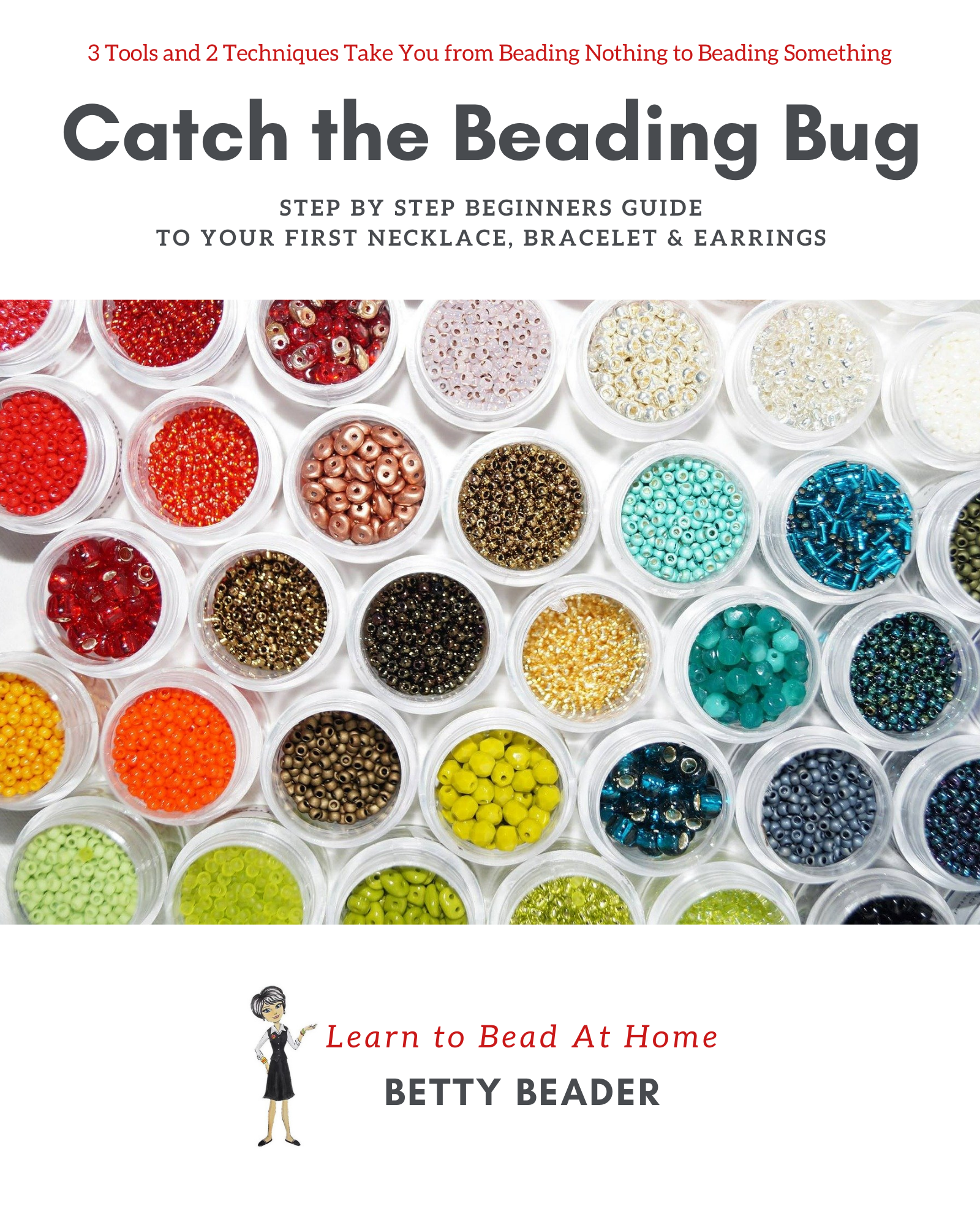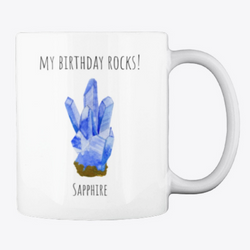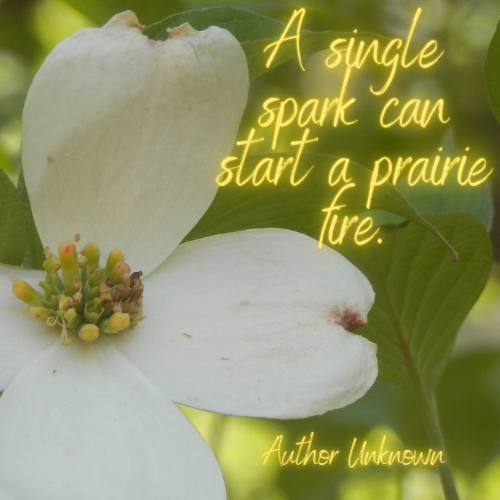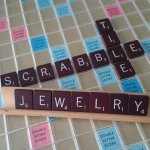FAQ
Frequently Asked Questions:

FAQ is where to look for some of the most frequently and some in-frequent questions about beading, supplies, tools, techniques and tips that you and all beading for beginners may have?
Where the heart of the discerning acquires knowledge, for the ears of the wise seek it out . Proverbs 18:15
Here is where you will get those questions answered.
We invite you to join the conversation and ask your questions. You don't know what you don't know. We all have questions.
So come on, bring on those questions...We're waiting to hear from you. This FAQ page will continue to grow and a constant work in process as you continue to ask the questions.
FAQ's - Beading Supplies
Crimp Bead vs Crimp Tube
Q: What is the reason for using a crimp tube vs a crimp bead? I usually use a crimp bead, should I be using a crimp tube?
A: Thank you for your question...Surprisingly, it is a common FAQ and needs to be addressed.
There isn't much difference between the two except the size. They look relatively the same and perform the exact same function. The crimp bead is generally 1mm x 1mm, a crimp tube is nothing more than a crimp bead that measures longer than it does wide [which creates an elongated tube shape].
Crimp beads will vary with inside diameter [I.D.] This is important to make note if you are using a thicker beading wire or want to string multi-wires through the crimp. You will need a larger inside diameter [ID] to accommodate the additional wires or the thicker diameter wires [very fine thickness .010 vs. moderate thickness .019 vs. heavy thickness .024]
We use both crimp beads and crimp tubes based on the projects I might be working on and keep both on hand.
We lean to the crimp tubes when creating bracelets or necklaces. When we use a crimp bead we suggest two to three together for added strength, ensure all crimp beads are compressed. But in reality, using multiple crimp beads becomes equivalent to the length of a crimp tube...We hope that made sense?
The only time we consider using a single crimp bead is for earring or brooch design incorporating flexible beading wire vs. crafting wire. In addition, we also use when creating a floating bead effect for a necklace (photo attached). If you make note of the brooch, a crimp tube was used but a crimp bead would have made a nicer appearance. This was an early piece we created and at the time we didn't know the difference between crimp bead vs. crimp tube. Lesson learned about design.
We hope this was helpful when selecting your crimp findings for beaded projects.
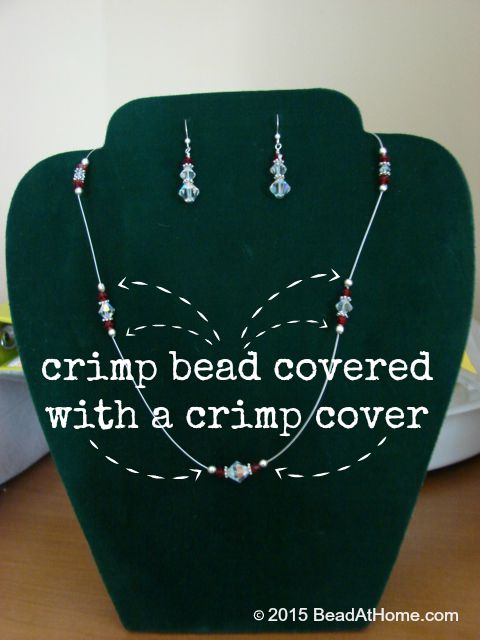
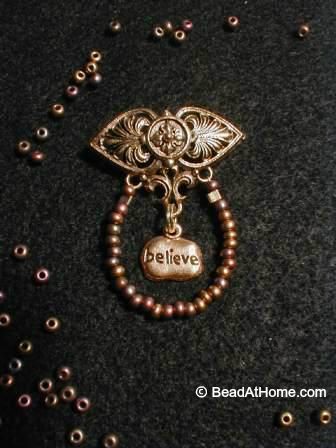
Bead Supplies Online
Q: Where do you buy beads online?
A: Check out the bottom of this page for our recommendations. If in your journey of searching you come across a good resources we invite you to share it with us. It's no fun keeping this info to yourself.
Beginner's Beading Kits
Q: I need a complete beginner's beading kit, how do I get it?
A: We have yet to find a complete beginner's beading kit that I like or would recommend, this is something that is being worked on and will be offering kits in the future.
We have an article to be publishing that shares 'Top Ten Items Needed For a Beginner's Beading Kit'.
How to Read Product Labels
Q: I was following a pattern and the listed materials asked for the beads in this fashion; 15/0 seed beads in (2) colors, 11/0 seed beads (2)colors and so forth. I thought it may be sizes in mm but it still doesn't make sense to me, would love to finally know what this is!?!?
A: 'Seed bead' is actually a generic term for 'very small beads' and since these are very small beads they are generally smaller than a mm [which is the standard measurement for most beads].
The materials list was asking for seed beads 15/0 and 11/0, these are the measurement for seed beads and they represent how many seed beads it takes to measure an approximate inch. i.e. 15/0 = approx 15 seed beads to make an inch; 11/0 = approx 11 seed beads to make an inch and so on.
You may also see the sizing of seed beads listed as 11° or 15° vs. the 11/0, 15/0. This is the same thing. The /0 or ° is referred to as ‘aught’, so you may be watching a tutorial using seed beads and hear the instructor state ”use seed beads 15 aught” this is merely the verbal word for the /0 or the tiny °.
Seed beads are most commonly used in bead weaving, both on and off loom, bead crocheting as well as garment and accessory embellishments like a wedding gown or handbag.
For a bit more information visit our general information page on 'seed beads'.
FAQ's - Beading Techniques
Q: I am interested in learning to make jewelry to sale, do you have any suggestions on what I should focus on?
A: Here is what I hear you saying.
Your initial statement has two separate items of interest.
1) You are interested in learning to make jewelry.
2) You want sell what you make.
You ask where to put your initial energy with your focus...
The very first thing we recommend you focus on is learning how to make jewelry you would want to buy. That takes practice and the best approach with hand crafted product. 'Would "I" buy this?' Make that your first goal of focus. It should not take long, this type of beading is pretty straight forward, simple to learn and the results are easily attained for a good quality product.
The key, we feel, are the materials you use. Start with quality materials and supplies and your product will be as well.
Once you are ready to begin marketing your product we encourage you to start wearing your goods all the time. and talk about it. People will notice and they will ask. You created something special use those opportunities to introduce your creations.
There are several methods of selling jewelry. Next decide what method you feel most comfortable to sell your jewelry. That will entail research. If you are not sure what fits your personality for selling, sample a few venues. You will find your way and we encourage you to read what others have done. There are lots of people selling jewelry, what will make your brand stand out?
FAQ's - E-Zine
When?
Q: When will I get my issue of Bead At Home E-Zine?
A: The Bead At Home E-Zine is an electronic edition that comes to your e-mail in-box either the 1st or 15th of each month.
The publication is based on happenings and events that are felt to be of interest to you. This is always subject to change at our discretion.
Since we are in a growth period it is planned to offer this in the future with the option of more frequently at your request only, of course. But for now it is only monthly.
I invite your input for topics of interest that you would like to see discussed. Just 'contact us' to share your thoughts.
Where?
Q: I lost an edition to the E-Zine, will you please re-send it to me?
A: For you convenience here is the link that will take you directly to all back issues to the Bead At Home E-Zine.
Thanks for asking and thank you for your interest.
How?
Q: How do I unsubscribe to the E-zine?
A: We are always sad to see you go. But we realize there are many reasons to unsubscribe.
If you should need to unsubscribe, at the bottom of each E-Zine that you receive is a link to remove your name from the e-mail list. 'unsubscribe'
If you must leave us we hope you enjoyed your time here. We don't take it personal and you are always welcome to come back should circumstances change.
If you have just a brief moment and you would consider leaving us feedback as to why you had to leave it would be helpful to us. We just would like to hear how we did not meet your needs. It's just a help to us to know how we may continue to improve our services.
Thanks for considering.
Keep Those FAQ's Coming...
As you continue to submit your questions the FAQ page will increase. Thank you for your interest and allowing us to serve your beading needs.
We invite you to join the conversation. Remember you don't know what you don't know. The best way to find out is to ask. After all we ALL had to start at the beginning. We look forward to more questions from you.


